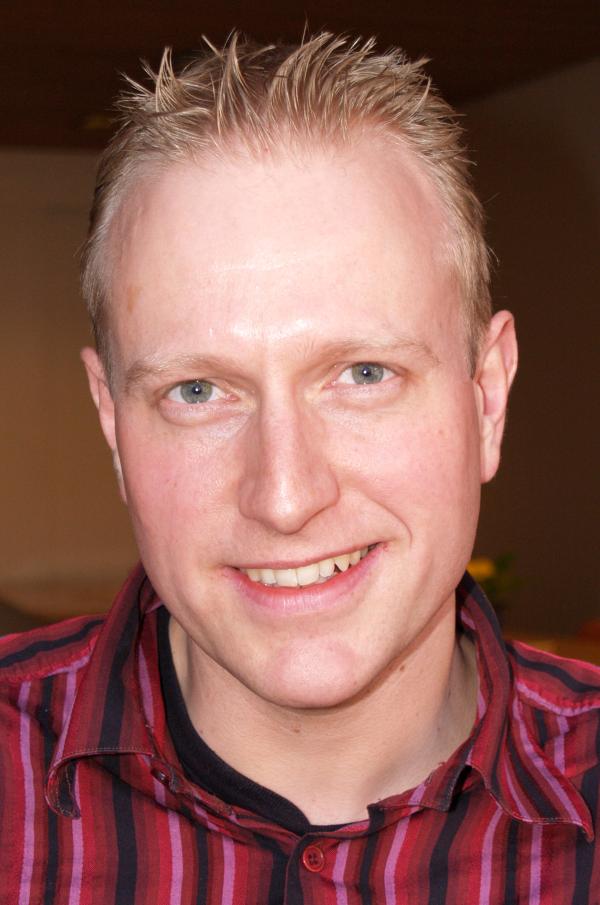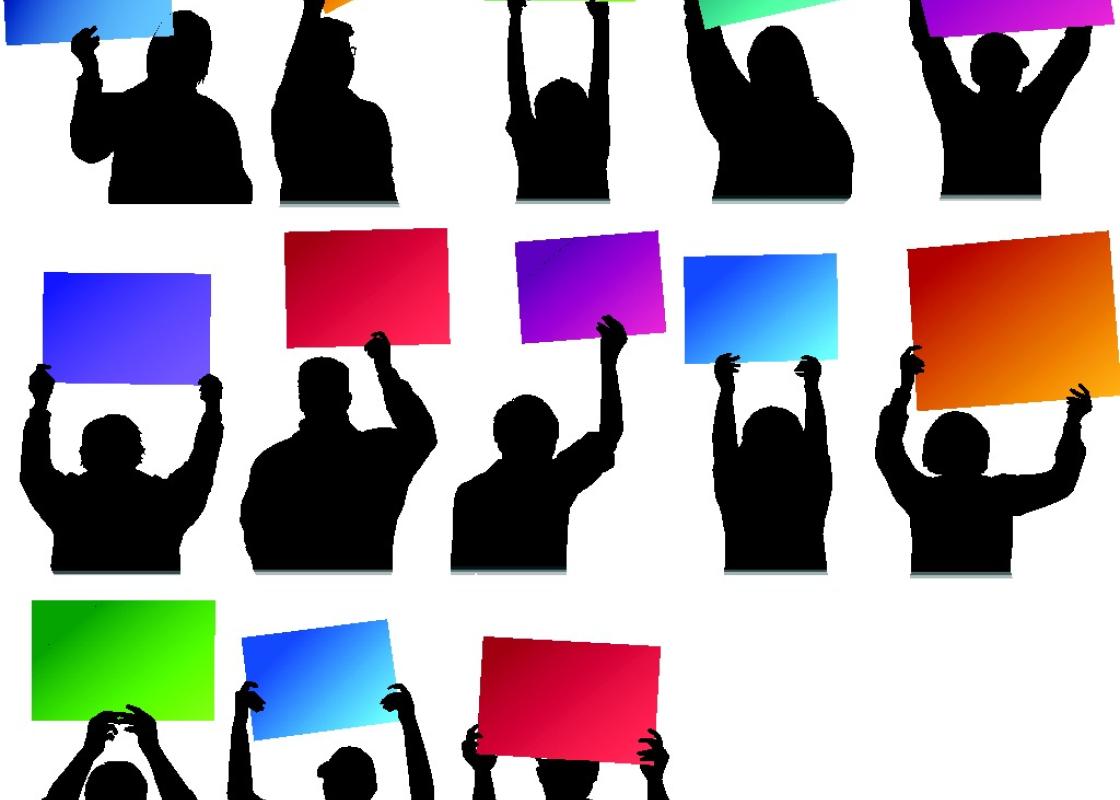
Bergh recently defended his dissertation Gender Attitudes, New Politics, and Modernization – Four Studies of Continuity and Change in Modern Democracies. One of the subjects that he explores is the connection between female representation and people’s attitudes towards gender equality and female politicians. Bergh calls his findings remarkable.
– Until now one has assumed that a negative view on gender equality and female politicians caused a low level of female representation. My findings suggest an opposite causal relationship in many countries: Reality affects people’s attitudes more than vice versa, says Bergh, who is a researcher at the Institute for Social Research in Oslo.
The elite leads the way
Countries with the highest number of women in politics are also the countries where people are most positive to female politicians. These countries tend to have a proportional representation electoral system. The general positive attitude is a result of what Bergh calls a successful elite-driven process.
– The elite leads the way. If you look at the historical development you see that changes occur around the time that the women’s movement grows strong. Advocates of gender equality have fought within the political parties to get women nominated. After women have been elected the public opinion changes, Bergh explains. He does not consider it a democratic problem that the elite ”forces” these types of changes.
– No, I would rather call it a sign of political leadership. One might argue that a process in which the public opinion changes first, would be more democratic. However, the majority approves when they see the result of the elite’s struggle. I therefore find this unproblematic, says Bergh.
Single-seat districts result in few women
Bergh has compared female representation in the parliaments of the US and eight European countries. He sees a clear difference between the countries that use a single-member electoral system, the US, France and Britain, and the other countries, which elect several candidates from the same district. The female ratio is noticeably higher in the latter countries.
– The reason is probably quite simple: When parties can nominate one candidate only they risk offending voters with a traditional view on gender if their candidate is a woman. Nominating women on a list of several candidates, as we for instance do in Norway, is far less risky for the parties. This explains how actual representation affects people’s attitudes, says Bergh.
Values change more slowly
Also on a more general level it seems that our attitudes to gender equality are more positive the more equal we are. Bergh has looked at which factors that mainly affect public opinion with regard to gender equality: Is it structural changes - like the industrial society’s need for working women - or a change in values - from materialist to so-called post-materialist values - that are the most decisive? He concludes that structural changes affect attitudes to gender equality more than value-changes.
– As more women get an education and a career, people become more positive toward gender equality. This is true of both women and men, he says.
Hence, Bergh’s findings suggest that it is not the increasingly popular post-materialist values, like individual self-realisation and equality, which make people more positive to gender equality, as many modernisation theorists have claimed.
– The structural changes precede the changes in attitudes, he emphasises.
Leftist women
Bergh’s dissertation also addresses the so-called gender gap at election time. Most western democracies have seen a clear pattern over the last 20-30 years: Women lean more towards the left than men. While right-wing parties have more male than female voters the gender ratio is opposite on the left-wing. Bergh has compared data from Holland, Norway and the US to find out why so many women are left-wing voters. In all three countries the answer is money.
– In all these countries there is an obvious link between political sympathies and socioeconomic status. Women have a lower personal income and are therefore more liable to vote for a left-wing party, says Bergh.
Feminist sympathies
In the US and Norway women’s voting pattern is also related to what Bergh calls feminist attitudes. This explanation has, according to the researcher, not been given so much weight in previous studies of the gender gap.
Women who support gender equality, abortion rights, and who sympathise with the feminist movement lean more heavily to the left than other women.
– In Norway this is particularly apparent among voters for the extreme right and left-wing parties. While the Socialist Left Party (Sosialistisk Venstreparti) has many female voters with feminist attitudes, the Progress Party (Fremskrittspartiet) has few female voters and few supporters with feminist attitudes, says Bergh. Strangely enough Bergh found no connection between feminist sympathies and voting patterns among Dutch voters.
– I haven’t found a good explanation for this. But it is worth noticing that the right-left difference between women and men is smaller in Holland than in the US and Norway, he says. Bergh adds that there is also a connection between working in the public sector and leaning to the political left. In Norway far more women than men work in the public sector.
Translated by Vigdis Isachsen
Johannes Bergh is a political scientist and works at the Institute for Social Research (ISF) in Oslo. In February 2008 he presented his dissertation Gender Attitudes, New Politics, and Modernization – Four Studies of Continuity and Change in Modern Democracies, where he deals with four different subjects related to gender, modernisation and politics.
